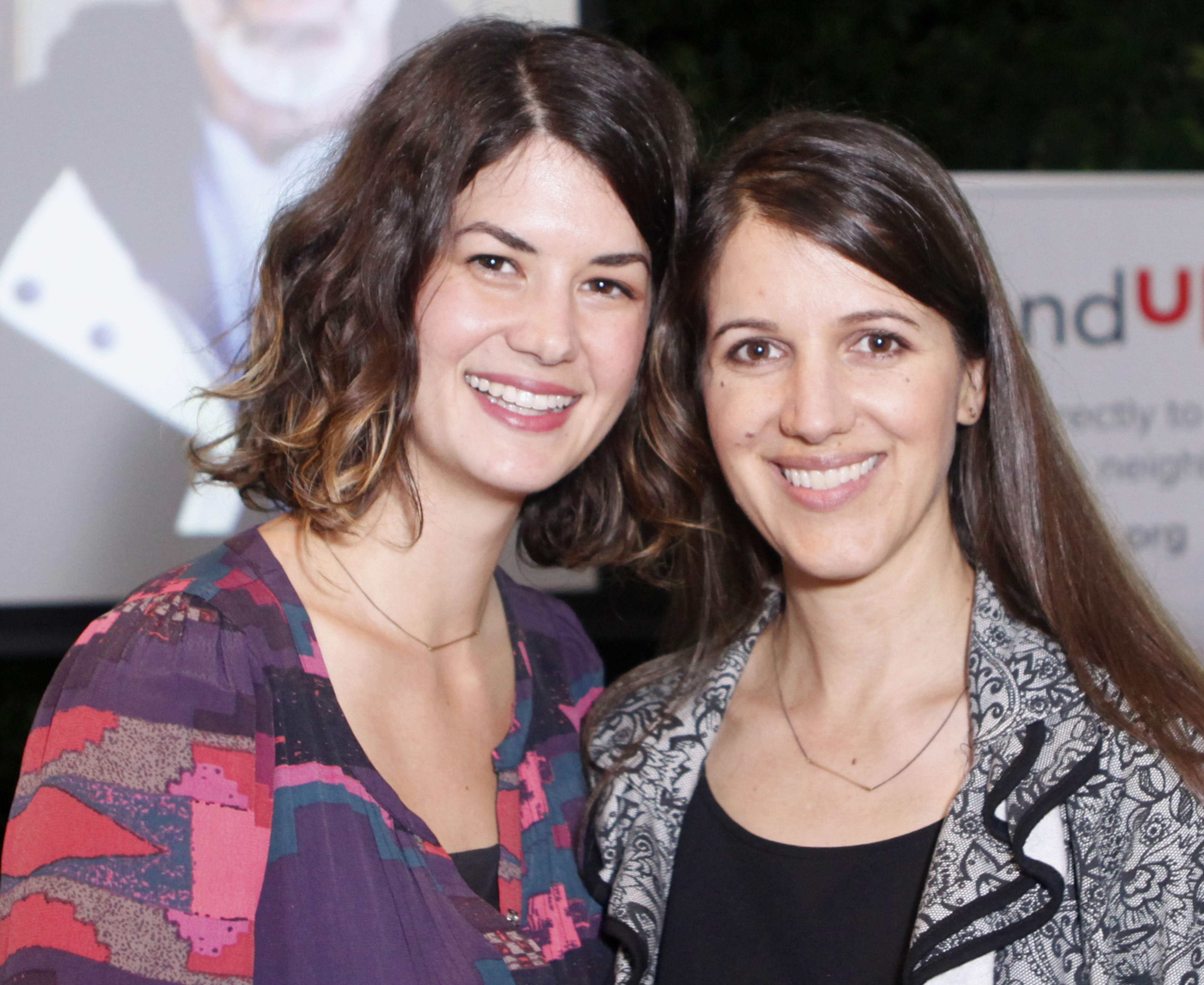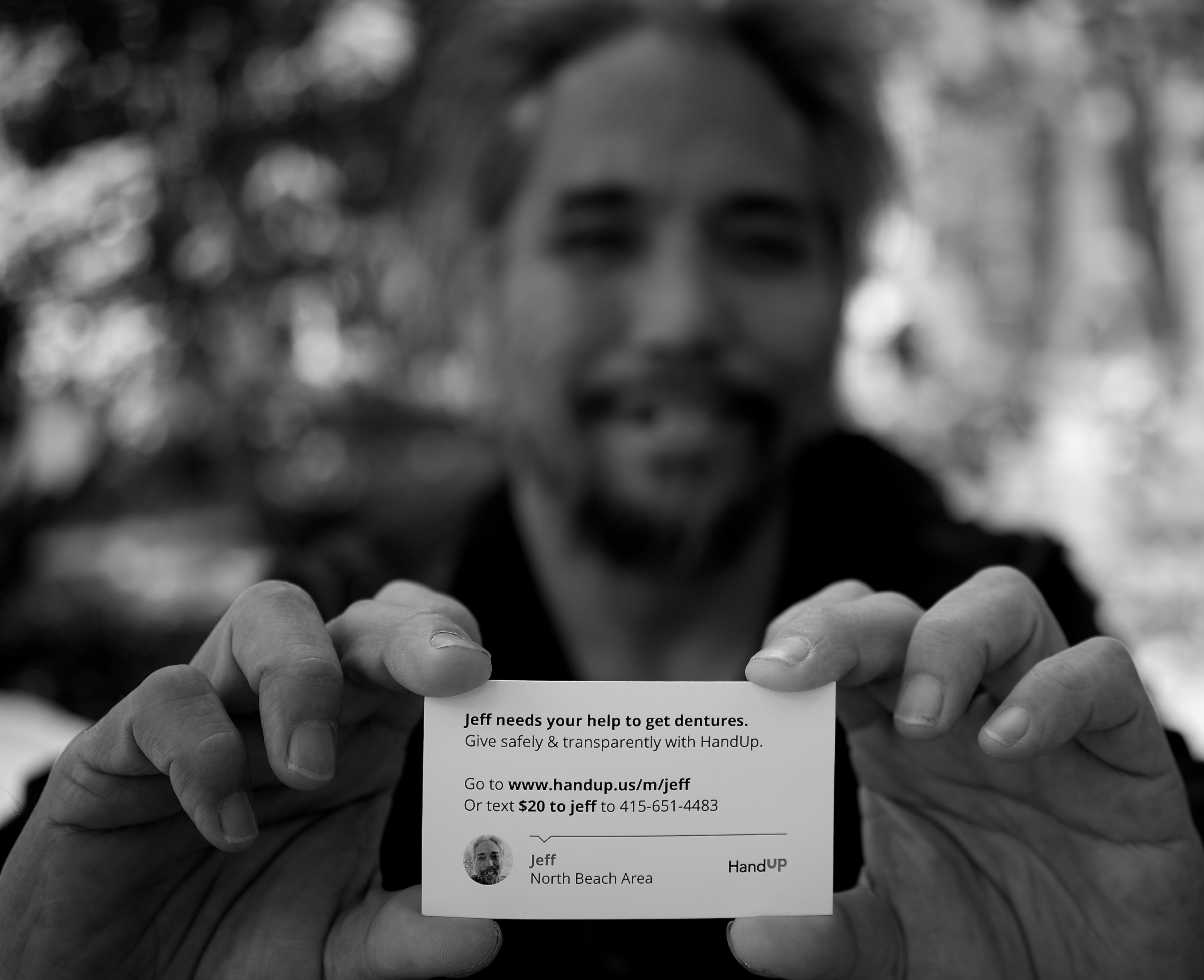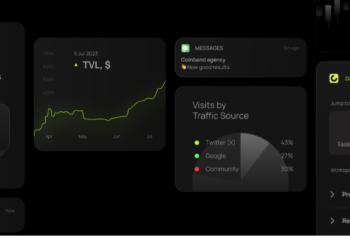For many people donating to the homeless poses certain barriers. If you go to anyone on the streets of San Francisco and ask what their reservations are about giving money to the homeless, some prevalent answers show up, with the most common reservations being those of not knowing what their money is going towards, not having cash on them, not feeling that they could make a significant difference. These are all legitimate concerns, and certainly ones that have hampered donations made. However, HandUp, an organization combining tech and philanthropy to help the homeless, has really done a lot to alleviate some of these worries.
It’s use of technology to increase the transparency of donations given, as well as make the process smoother for both the donation maker and the recipient has certainly disrupted the lives of the homeless affected, and arguably changed the way people look at them, for the better.
We interviewed Sammie Rayner to find out more about how she and her cofounder, Rose Broome, have brought giving to the homeless up to speed with the modern world.
How did you first get involved in HandUp? How did you and Rose meet?
Sammie Rayner: When I first moved to San Francisco, I came across a meet-up group call “Hacking Homelessness,” organized by Rose Broome. During one of their events, I met Rose and we instantly connected. I initially started helping her with financial projections, newsletters, pitch decks, and other small projects before officially joining her as a cofounder.

PHOTO CREDIT: HANDUP; IN THE PHOTO: SAMMIE RAYNER (LEFT) AND ROSE BROOME (RIGHT).
Were you involved in charities and philanthropies before founding HandUp?
S.R.: I founded a nonprofit, Lumana, in 2009, focused on providing small loans and savings to rural Africans living in poverty. I grew that organization to a team of fourteen staff serving over 1,000 households in Ghana before we were acquired by one of the largest microfinance organizations in West Africa. I was exposed to the power of social enterprise and knew I wanted to be more involved at the intersection of poverty alleviation and technology to create scalable change.
Related articles: “THE ART OF UNIVERSALGIVING”
“CHANGING OUR APPROACH TOWARDS CHARITY“
What was the initial inspiration behind founding the company? Was there a powerful event that led to it, or was it more of a gradual process?
S.R.: After six years of working in international development, I moved to San Francisco and decided to take a break and reflect on all that I had learned. During that time, I confronted local poverty in a new way. I started to ask myself, how can I use all that I’ve learned from building poverty programs abroad to support my neighbors in the U.S? I had seen the power of platforms like Kiva and Charity: water to innovate and create new ways to give abroad, but didn’t see anyone applying those principles to local causes. When I met Rose, she shared a powerful experience she had that led her to start HandUp. One cold winter night she was walking down Market Street and saw a woman sleeping on the sidewalk. She asked herself why in a society with so much wealth and innovation we still had people sleeping on the streets. How could we unlock the compassion of our community and enable people to give to others? I instantly saw the vision and jumped in.
PHOTO CREDIT: HANDUP
How did you initially get people to contribute to HandUp?
S.R.: Like any other startup, we started with friends and family. We were able to get early feedback and use that to iterate quickly. Thanks to Rose and Zac’s (HandUp co-founder and CTO) background in tech, we were able to get early press attention that put us in front of a larger audience. I think people were hungry for stories of tech being used for good and donors loved the new level of transparency we could offer. They liked that with HandUp they knew exactly where their money was going.
Over the last few years you’ve crowdfunded a pretty vast sum of donations. How are these donations used to help the homeless?
S.R.: Donations through HandUp go directly to supporting specific needs of our homeless community – needs like security deposits, medical care, or education. We pass donations directly to our nonprofit partners who make purchases on behalf of those who are fundraising, ensuring our donors 100% transparency in how funds are spent.
A big selling point of your company is the transparency and accountability that exists. Can you elaborate on this? In what ways are those traits apparent?
S.R.: Through HandUp, you can read stories of specific individuals experiencing homelessness and give directly to them. They are able to state specific goals and post them to our site with the help of a staff member at one of our partnering nonprofits. When a goal is reached, the staff member helps that person use their funds. You then get an update, often including a photo of the individual with their new item, on how your funds were used. This is a key difference between HandUp and other crowdfunding sites — with HandUp, individuals can only sign up through one of our trusted nonprofit partners. This allows for every dollar of donations to be managed and tracked.
PHOTO CREDIT: RISHI OSWAL
How did you come up with the idea for the HandUp gift card, and how do they work?
S.R.: A lot of our donors have reached out over the years asking how they can use HandUp to help people directly on the street, in addition to online. We went through several ideas, and eventually landed on physical gift cards as the best way to not only solve this problem for donors, but also create valuable interactions between homeless neighbors and our nonprofit partners. We made sure to include many of our members in the design process to ensure the gift cards would be of value. When you buy a gift card from the HandUp website and give it to someone on the street, it can only be used at one of our participating nonprofit partners. The funds are redeemable for necessities like clothing, food, or prescriptions. Each card is tracked in our system, so you get an update when your funds are used.
Recommended Reading: “United Way Group Sets Principles for Fighting Poverty“
“Inequality Is About So Much More Than Money”
_ _












